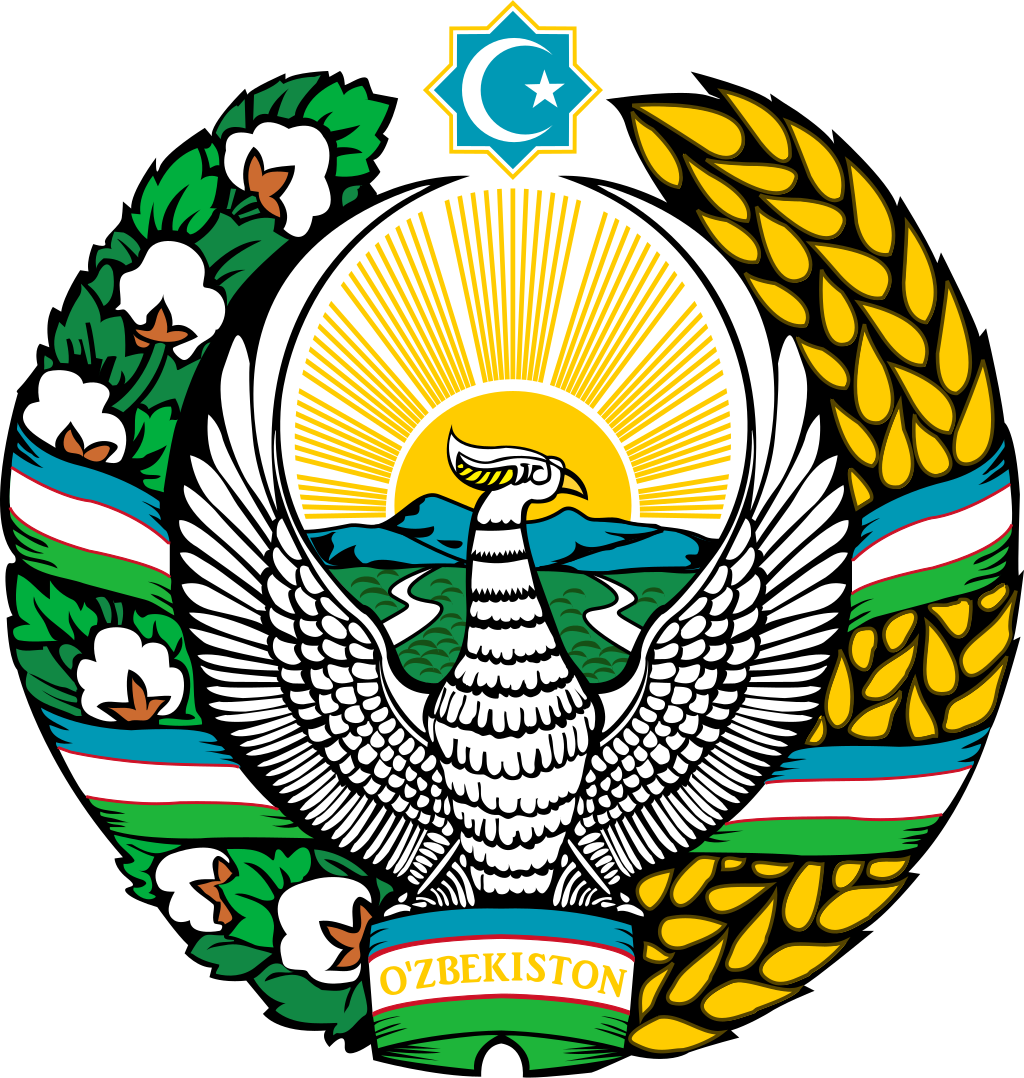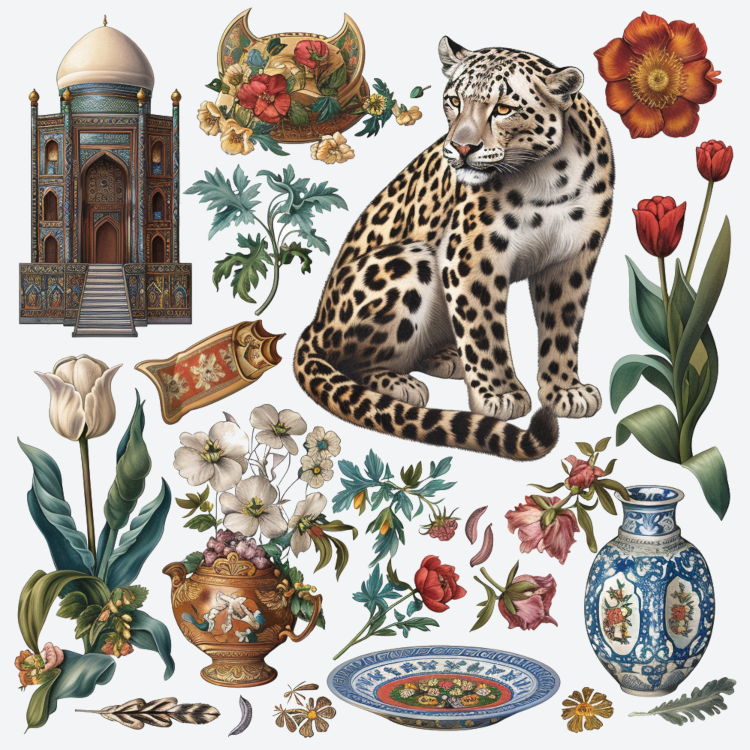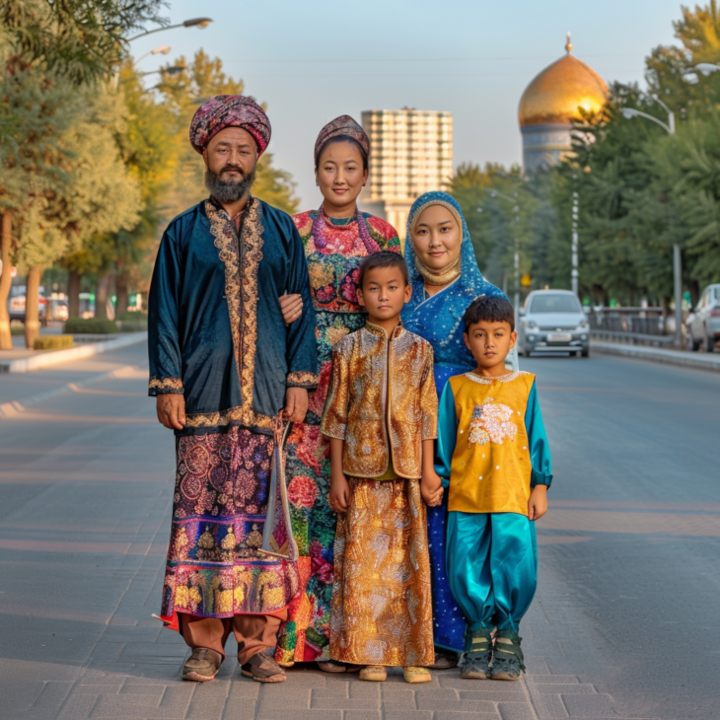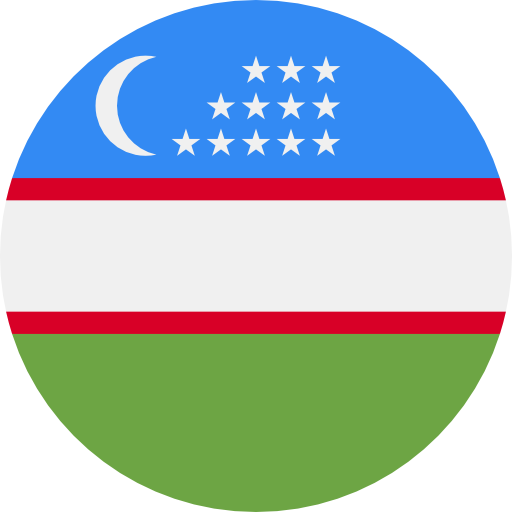About UZ

Location
Uzbekistan is a landlocked country located in Central Asia, bordered by Kazakhstan to the north, Kyrgyzstan to the northeast, Tajikistan to the southeast, Afghanistan to the south, and Turkmenistan to the southwest.
Capital
The capital city of Uzbekistan is Tashkent.
Population
As of the latest estimates, Uzbekistan has a population of approximately 34 million people, making it the most populous country in Central Asia.
Area
Uzbekistan covers an area of about 448,978 square kilometers (173,351 square miles), making it the 56th largest country in the world.
Official Language
The official language of Uzbekistan is Uzbek, which belongs to the Turkic language family. Russian is also widely spoken, particularly in urban areas and among the older generation.
Government
Uzbekistan is a presidential republic with a dominant-party system. The President serves as both the head of state and government and is elected for a five-year term. The legislative branch consists of a unicameral parliament known as the Oliy Majlis.
Independence
Uzbekistan declared independence from the Soviet Union on September 1, 1991.
Currency
The currency of Uzbekistan is the Uzbekistani soʻm (UZS).
Economy
Uzbekistan has a diverse economy with significant agricultural, industrial, and natural resource sectors. The country is one of the world's largest producers of cotton and also exports gold, natural gas, and other minerals. Economic reforms have been implemented in recent years to liberalize trade and attract foreign investment.
Natural Features
Uzbekistan is characterized by diverse landscapes, including deserts, mountains, and fertile valleys. The country is home to several UNESCO World Heritage Sites, including the historic cities of Samarkand, Bukhara, and Khiva, which are renowned for their Islamic architecture and ancient monuments.
Culture
Uzbekistan has a rich cultural heritage shaped by its history as a crossroads of civilizations along the ancient Silk Road. Traditional music, dance, art, and cuisine reflect the country's multicultural influences, blending elements of Turkic, Persian, Arab, and Russian cultures.
Challenges
Uzbekistan faces challenges such as political repression, human rights abuses, and restrictions on freedom of speech and assembly. The country also grapples with issues related to corruption, poverty, and economic inequality.
Infrastructure
Uzbekistan has been investing in infrastructure development, including transportation, energy, telecommunications, and urban infrastructure, to support economic growth and improve living standards. Major infrastructure projects include the construction of highways, railways, airports, and industrial zones.
International Relations
Uzbekistan maintains diplomatic relations with countries around the world and is a member of various international organizations, including the United Nations, the Shanghai Cooperation Organization (SCO), and the Organization for Security and Co-operation in Europe (OSCE).
Tourism
Uzbekistan is increasingly becoming a popular tourist destination, attracting visitors with its rich history, architectural wonders, and cultural heritage. Tourists visit Uzbekistan to explore its ancient cities, religious sites, bazaars, and natural attractions, contributing to the country's economy and promoting cultural exchange.

National Items of Uzbekistan
Snow Leopard
The Snow Leopard (Panthera uncia) is a national symbol of Uzbekistan. It represents strength, grace, and the rich biodiversity of the country's mountainous regions.
Cotton
Cotton, often referred to as "white gold," is a significant agricultural product in Uzbekistan. It symbolizes the country's agricultural heritage and economic importance.
Tulip
The Tulip (Tulipa) is considered a symbol of Uzbekistan. It represents beauty, renewal, and the cultural heritage of the country, especially linked to the Silk Road.
Samarqand (Samarkand)
The historic city of Samarkand is an iconic symbol of Uzbekistan. It represents the rich historical and cultural heritage, architectural marvels, and the legacy of the Silk Road.
Uzbek Pilaf (Plov)
Uzbek Pilaf, or Plov, is the national dish of Uzbekistan. It symbolizes the rich culinary traditions, hospitality, and cultural significance of food in Uzbek society.
Registan Square
Registan Square in Samarkand is one of the most famous landmarks in Uzbekistan. It symbolizes architectural grandeur, historical significance, and the cultural heritage of the country.
Karakalpak Yurt
The traditional Karakalpak Yurt, used by the Karakalpak people, symbolizes the nomadic heritage, cultural traditions, and architectural ingenuity of Uzbekistan's nomadic tribes.
Persian Leopard
The Persian Leopard (Panthera pardus saxicolor) is another significant animal symbol in Uzbekistan, representing the country's wildlife diversity and conservation efforts.
Silk
Uzbekistan is renowned for its silk production, particularly from the Fergana Valley. Silk symbolizes the historical importance of the Silk Road, artisanal heritage, and economic significance.
Khan Atlas (Uzbek Ikat)
Khan Atlas, a type of Uzbek Ikat fabric, symbolizes the rich textile heritage, vibrant cultural identity, and artisanal craftsmanship of Uzbekistan.
Bukhara
The ancient city of Bukhara is a symbol of Uzbekistan's historical and cultural heritage. It represents the country's legacy of learning, trade, and architectural beauty.
Tamerlane (Amir Timur)
Tamerlane, or Amir Timur, is a historical figure symbolizing the military prowess, architectural patronage, and cultural legacy of Uzbekistan.
Shashmaqam
Shashmaqam is a traditional musical genre in Uzbekistan. It symbolizes the rich musical heritage, cultural traditions, and artistic expression of the Uzbek people.
Chorsu Bazaar
The Chorsu Bazaar in Tashkent is one of the oldest and largest markets in Uzbekistan. It represents the vibrant trade, cultural exchanges, and daily life of the Uzbek people.
Uzbek Ceramics
Traditional Uzbek ceramics, known for their intricate designs and vibrant colors, symbolize the rich artisanal heritage and cultural identity of Uzbekistan.

The anthem in the original Uzbek language along with an English translation:
Серқуёш, ҳур ўлкам, элга бахт, нажот,
Сен ўзинг дўстларга йўлдош, меҳрибон, меҳрибон!
Яшнагай то абад илму фан, ижод,
Шуҳратинг порласин токи бор жаҳон!
Нақарот:
Олтин бу водийлар — жон Ўзбекистон,
Аждодлар мардона руҳи сенга ёр!
Улуғ халқ қудрати жўш урган замон,
Оламни маҳлиё айлаган диёр!
Бағри кенг ўзбекнинг ўчмас иймони,
Эркин, ёш авлодлар сенга зўр қанот, зўр қанот!
Истиқлол машъали, тинчлик посбони,
Ҳақсевар, она юрт, мангу бўл обод!
National Anthem of the Republic of Uzbekistan
Oh, Friendship, oh, Friendship, oh, Friendship!
The spirit of the sacred ancestors is our homeland.
Its symbol is faithfulness,
Its anthem of praise is in unity,
Its essence is like the highest aspiration.
Rise, oh, Crimson Banner, rise, oh, Crimson Banner, rise, oh, Crimson Banner!
Our flag flies in the midst of the nations.
In our decisions,
In our friendship, always,
We believe in ourselves, we seek.
Oh, the secrets of life, oh, the secrets of life, oh, the secrets of life!
The value of people's friendships is immeasurable.
At every step,
Those who strive for our friendship
Are distant from those who betray.
Dawn has come, dawn has come, dawn has come!
The Republic of Uzbekistan is the eternal hearth.
In several eras,
Our homeland is prosperous and dear,
With mutually independent lives.


